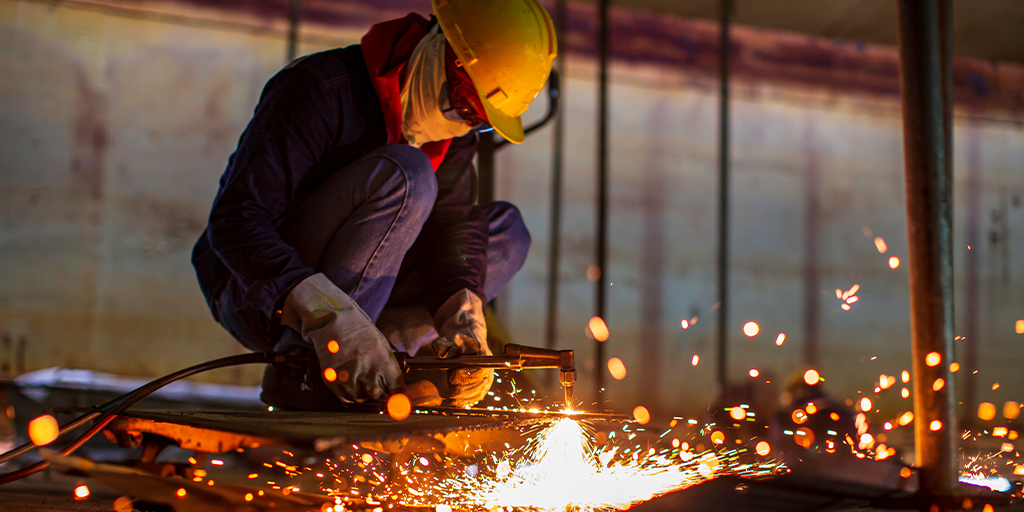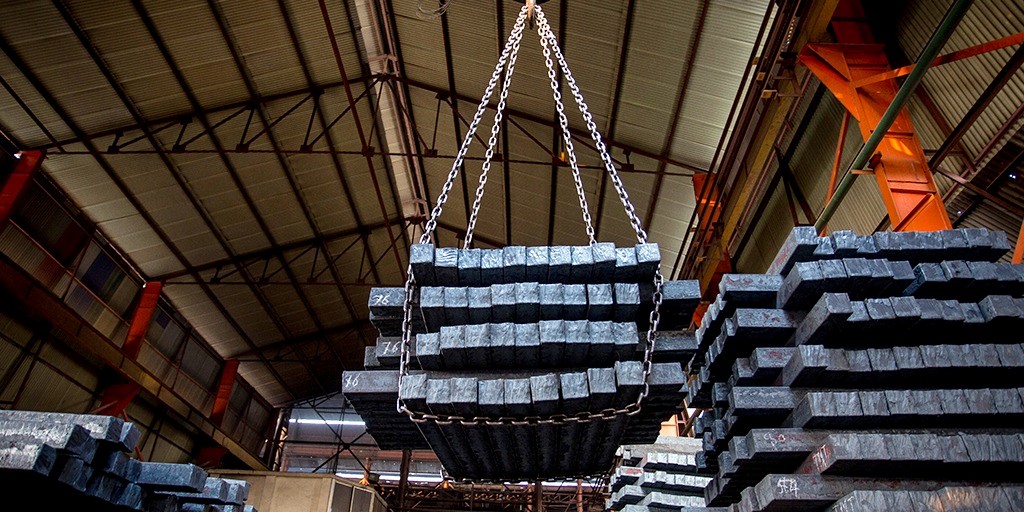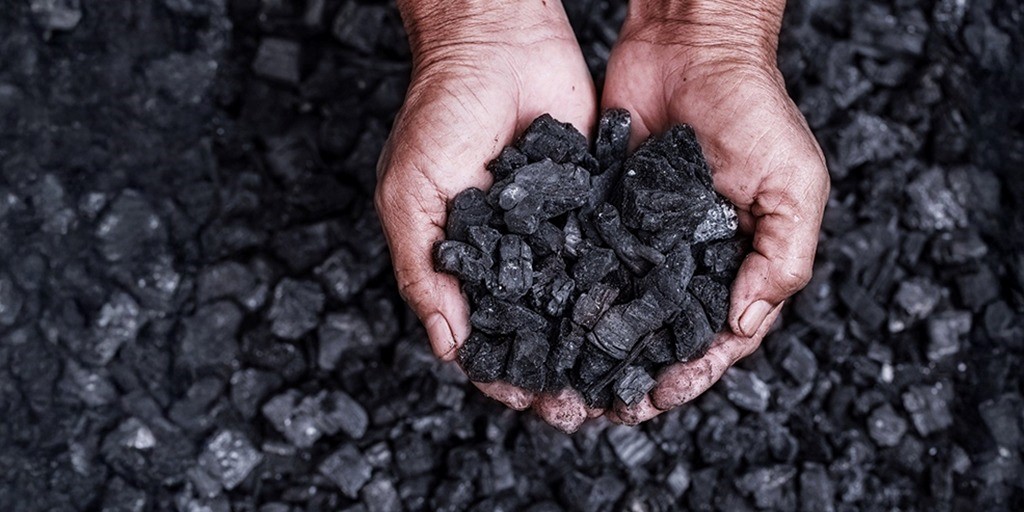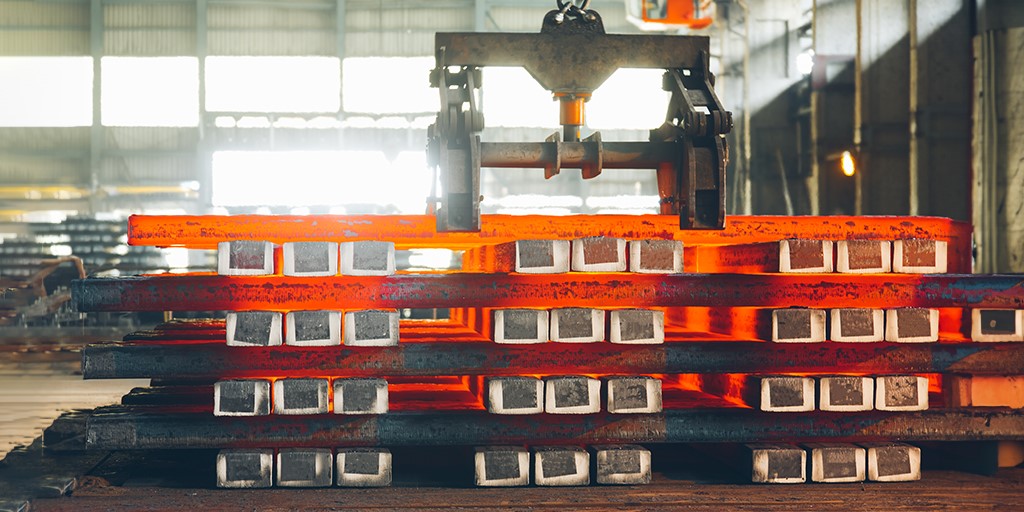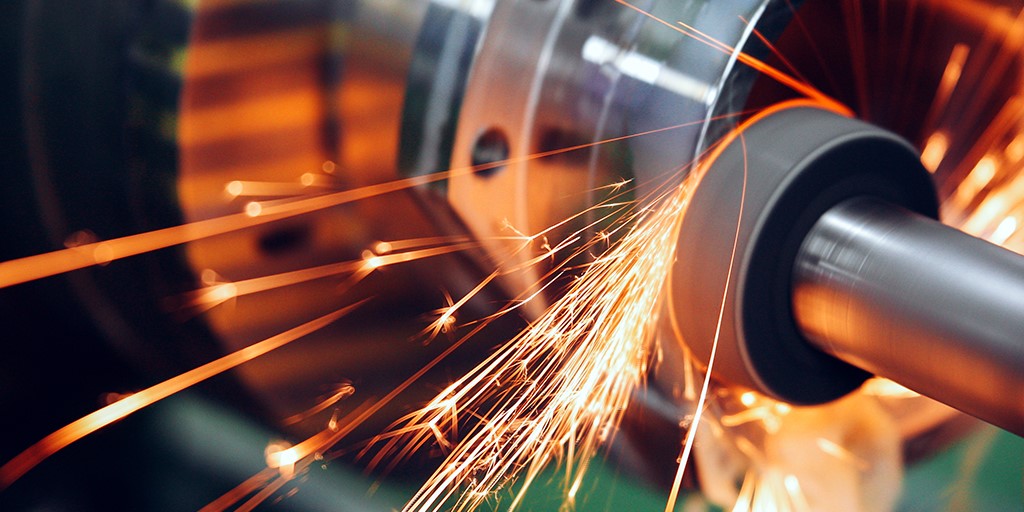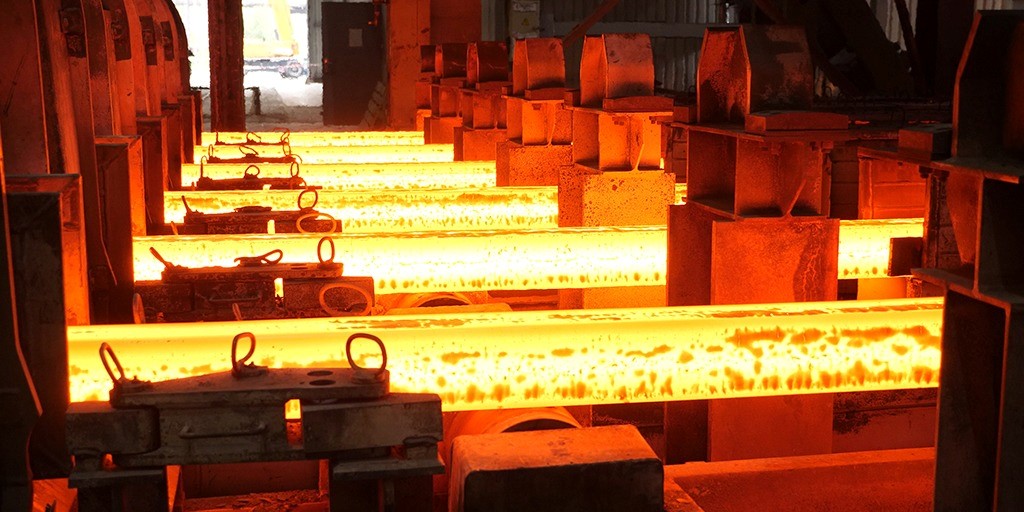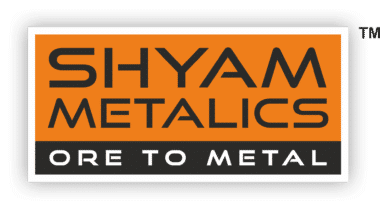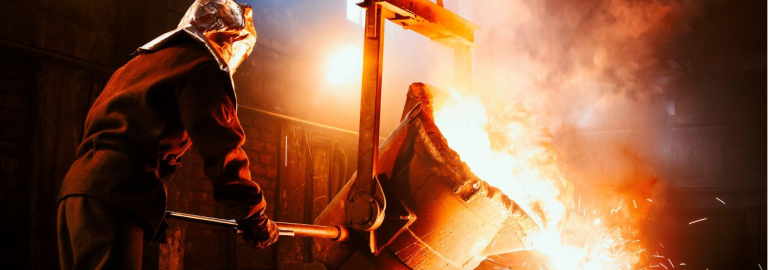
How does steel add to a structure’s durability?
Steel has impressive advantages ranging from strength to ductility which is why it is one of the admired metals in the construction industry. This is demonstrated by steel’s market share, which has been consistently growing over the past 20 years. The versatility of steel gives architects the creative freedom to achieve their most ambitious visions without deviating on strength of the structure. Just as steel adds to the strength of a particular building, it also helps the structure withstand natural disasters. Steel ensures that you save on maintenance and even replacement costs, which often makes it the first choice on the basis of costs alone. Let’s have a look at how steel amplifies structural durability:
Steel can be stretched
Engineers love how steel in their structures gives their fellow architects creative flexibility in design due to its ductile nature. The ductility of a material depends on how much a certain metal can be deformed without becoming brittle and destroyed. While making artistic compositions like sculptures or wanting a wide space for a room, having a material that can withstand being stretched at huge lengths is a boon. Steel can fulfil both purposes because its ductile nature allows it to be highly malleable, and you can stretch it to make areas spanning up to 150 metres without columns. Also, you can curve and bend steel to make circular designs.
Tensile strength reinforces safety
A steel structure has high tensile strength, because of which it can stay elastic for a long time before getting permanently destroyed. As a highly used construction material, it displays toughness against heavy loads. The strength of steel is measured by two factors:
- • How much load can it withstand before losing structural integrity?
- • How long can the alloy go before reaching its limit?
As structures come into contact with disruptive forces, durability has become an important measurement of how safe a certain building will be for its future occupants.
Corrosion is at a wavelength
Corrosion is a chemical reaction that is a result of a metal’s iron oxides bonding with oxygen and water. The corrosion process occurs over time, initially weakening the structure and later the final product. Corrosion decreases the overall strength of the structures by ruining the composite elements and spreading over the protective layers of other parts too.
Picking a structural material that has components that prevent iron oxides from reacting to environmental factors is extremely important. Stainless steel is one of those metals that doesn’t go through the corrosion process because nickel is added to its components.
To sum up, steel is a superior material due to its innate durable properties and practical use cases. Steel structures make integrity checks and modifications easier, allowing them to change with the times. By providing high tensile strength, steel ensures your composition will withstand corrosion and natural disasters for years while protecting the environment.




